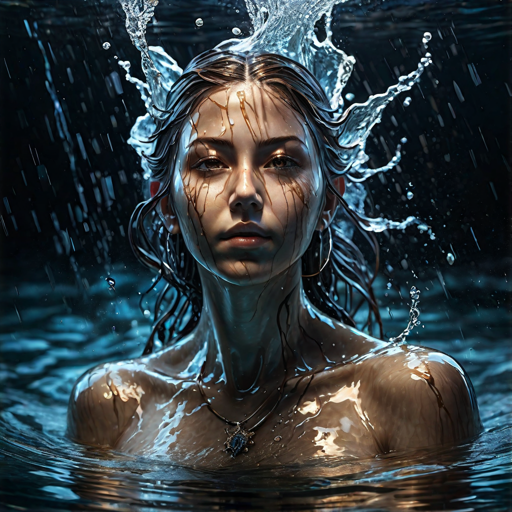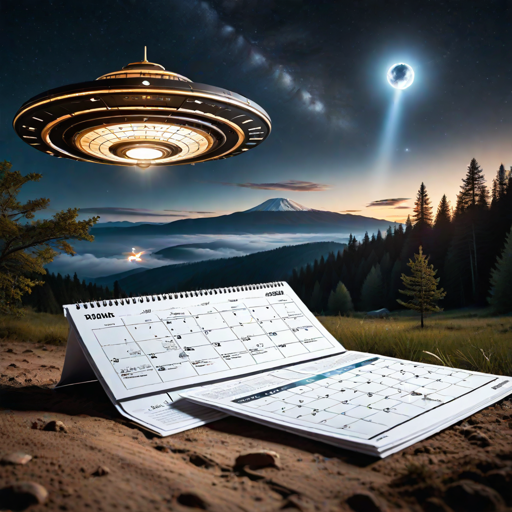Another intriguing tidbit of mythology from the vast expanse of my bookshelves today concerns the fascinating subject of Ladies of the Lake.
Few figures are as multifaceted as these watery wenches. Cloaked in mystery and draped in symbolism, they emerge from the depths of our collective consciousness, beckoning us to explore the hidden recesses of the human psyche and the natural world.
The Lady of the Lake, while perhaps most famously associated with Arthurian legend, is a figure whose origins span a myriad of cultures and traditions.
In Celtic mythology, she is often linked to the realm of the Otherworld, a mystical domain believed to exist parallel to our own. Here, she may appear as a goddess, a nymph, or a fairy, dwelling in lakes, rivers, and springs, and exerting her influence over the waters themselves.
In Welsh folklore, she is known as the Lady of Llyn y Fan Fach, a beautiful maiden who emerges from the depths of a lake to marry a mortal man. Her story intertwines themes of love, loss, and the interplay between the human and supernatural worlds.
Similarly, in Irish legend, she appears as Lí Ban, a goddess who transforms into a swan and resides beneath the waters of Lough Neagh.
These diverse incarnations of the Lady of the Lake reflect the unique cultural perspectives and beliefs of the societies from which they originate.
At the heart of the Lady of the Lake mythos lies a maze of symbolism and allegory. As a figure associated with bodies of water, she embodies the elemental forces of nature, with all their beauty, power, and unpredictability. Water, with its dual nature of nurturing and destructive qualities, serves as a mirror for the complexities of human existence and the cyclical nature of life, death, and rebirth.
In Arthurian legend, the Lady of the Lake assumes a pivotal role as the bestower of Excalibur, the legendary sword of King Arthur. Her act of presenting Arthur with the sword symbolizes his divine right to rule and his connection to the mystical realm. Furthermore, her role as a mentor and guide to Arthur and his knights underscores her status as a wise and benevolent figure, albeit one with her own agenda and motives.
Reports of encounters with the Lady of the Lake often intertwine with descriptions of various phenomena associated with bodies of water. Witnesses frequently recount witnessing eerie lights dancing on the water’s surface, strange mists shrouding the shores of lakes and rivers, and haunting melodies drifting through the air.
Some claim to have seen her reflection in the still waters, while others speak of feeling her presence in the gentle lapping of waves against the shore.
One eyewitness, a fisherman we will call Robert, recounted to us an encounter he had while out on the lake early one misty morning.
As he cast his line into the water, he noticed a figure materialize from the mist, gliding gracefully across the surface towards him. He described her as ethereal and luminous, with eyes that seemed ‘to hold the secrets of the universe.’ Before he could react, she vanished beneath the water, leaving him in awe and wonder at what he had witnessed.
These encounters are not confined to folklore and legend; contemporary reports of sightings and experiences continue to surface around the world. From the mist-shrouded lochs of Scotland to the tranquil lakes of North America, stories abound of travelers encountering a mysterious woman emerging from the depths, her presence imbued with an otherworldly aura that defies rational explanation.
Many cultures around the world have their own interpretations of water spirits, often associated with specific bodies of water or natural phenomena. These spirits may take the form of mermaids, nymphs, or other ethereal beings, and they are believed to inhabit rivers, lakes, oceans, and other bodies of water.
In some traditions, they are seen as protectors of the natural world, while in others, they are viewed as mischievous or even malevolent entities.
Environmental factors such as fog, mist, and reflections on the water’s surface can contribute to the perception of supernatural phenomena. Misty conditions, in particular, can create an eerie atmosphere that lends itself to tales of mysterious encounters. Additionally, the play of light and shadow on the water can give rise to optical illusions and perceptions of strange shapes or figures.
While sceptics may attribute alleged sightings of water spirits to natural phenomena or the power of suggestion, believers point to the long history of such encounters across cultures and the profound impact they have had on human consciousness and culture.
Over the centuries, the legend of the Lady of the Lake has left a huge mark on literature, art, and popular culture. From medieval romances and Renaissance paintings to modern novels and films, her presence can be felt across a wide range of creative works.
In contemporary retellings of Arthurian legend, such as Marion Zimmer Bradley’s “The Mists of Avalon” and Bernard Cornwell’s “The Warlord Chronicles,” the Lady of the Lake is often portrayed as a complex and morally ambiguous character. Far from being a mere dispenser of magical gifts, she is depicted as a shrewd and manipulative figure who plays a pivotal role in the fate of Arthur and his kingdom.
In today’s world, the Lady of the Lake continues to inspire artists, writers, and spiritual seekers to explore her mysteries and reimagine her story for a new generation.
From feminist reinterpretations that explore her agency and autonomy to psychological analyses that delve into her symbolic significance, there is no shortage of ways to engage with this timeless figure.





Leave a Reply